Do you ever find yourself in the art store aisles, overwhelmed by all the different types of paper available? If you’re just starting to explore creativity through art or drawing, it can be hard to know which type of paper is best for your project. In this blog post, we’ll be diving into the difference between sketching and drawing papers so that you can make more informed decisions when purchasing materials for your projects. Whether you’re looking to create light drawings with pencils or bold lines with markers, understanding what makes sketching paper and drawing paper different from each other will help ensure that your final product is exactly how you imagined!
What are the Sketching Techniques?
Sketching is a great way to get your ideas down on paper in a quick, succinct and visually appealing way. It’s not only used by artists, but also by graphic designers, product designers, web designers and even architects. Sketching techniques vary depending on the type of project you’re working on and the tools you have available. Some common sketching techniques include thumbnail sketching, rapid iteration sketching and wireframes.
Thumbnail Sketching
Thumbnail sketching is a great way to quickly explore ideas. It involves drawing small sketches of your ideas on paper or digitally, then iterating from there. This technique allows you to experiment with different layouts and compositions before settling on one design. [1]
Rapid Iteration Sketching
Rapid iteration sketching is another common technique used by designers. This technique involves quickly sketching out different ideas on paper or digitally, then refining them until a satisfactory design is achieved. It’s a great way to quickly prototype designs and explore multiple options.
Wireframes
Wireframes are simple sketches that outline the structure of a website or app. They typically include basic shapes, lines and text elements that help to communicate the overall design idea. Wireframes are an important part of the design process, as they help designers and developers visualize their ideas before committing to a final design.
Sketching techniques are essential for any designer looking to quickly create and refine visual designs. By experimenting with these techniques, you can quickly explore different options and find the best solution for your project. [2]
What Sketching Tools are Essential?
Sketching tools are essential for creating beautiful artwork. Whether you’re a traditional artist or a digital designer, having the right tools can make all the difference in your work.
When it comes to sketching, the basics consist of pencils, pens, and paper:
- Pencils: A range of pencils is essential to sketching. You will want soft and hard lead for different effects, and a kneaded eraser to help you erase mistakes without ruining the paper.
- Pens: We recommend a set of fine-tipped pens for detailing your sketches. Depending on what type of artwork you are doing, you can choose between technical pens and markers.
- Paper: A good sketchbook is key for capturing your ideas quickly. Look for a sturdy cover, an acid-free paper, and a decent weight that won’t bleed or buckle too easily when you draw on it. [3]
In addition to the basics, you may want to consider some other tools like rulers, brushes, and watercolors.
- Rulers: A ruler can help with your drawings by providing a steady guide for drawing straight lines or circles, as well as getting the measurements of an object right.
- Brushes: Brushes are great for adding texture and depth to your pieces, especially if you are working in watercolor. A few paintbrushes of different sizes will be suitable for covering all your sketching needs.
- Watercolors: Watercolor paints can take your sketches to the next level, and create beautiful effects when used correctly. Invest in a good set of watercolors with pigments that you will enjoy working with. [4]
If you’re creating digital art or illustrations, you may want to look into a graphics tablet. This device allows you to draw directly onto the computer, and it’s an excellent way to create artwork on the fly. To pick the perfect tablet consider the following:
- Screen Size: The size of the screen will determine how much detail you can fit in one image. Look for a larger screen if you need to draw detailed pieces, and a smaller one if you’re looking for portability.
- Pressure Sensitivity: Pressure sensitivity controls how responsive your tablet is to pressure from the stylus. Look for tablets with at least 2048 levels of pressure for a more accurate drawing experience.
- Resolution: The resolution determines how much detail your tablet can recognize, so look for a model with at least 4000 lines per inch.
- Compatibility: Make sure the graphics tablet is compatible with your computer and any software you plan to use. [5]
Having the right tools can help you create stunning artwork, so make sure you have everything you need for success! With a few basics in hand, you’ll be ready to start sketching right away. Have fun and don’t be afraid to experiment!
What is Sketching Paper and What are its Features?
Sketching paper is a type of paper designed specifically for sketching. It comes in various sizes and textures, all optimized to help an artist get the most out of their drawings. Sketching paper has several features that make it superior to other types of art papers.
- Smooth Surface: The paper’s surface is smooth and ideal for pencils, pens, colored pencils, and more. It allows the artist to create precise lines without smudging or blurring, creating a perfect canvas for their work.
- High Absorbency: Sketching paper absorbs more paint than other papers, making it much easier to blend colors and apply them evenly.
- Durability: Sketching paper is incredibly durable and can withstand multiple erasures without tearing or folding.
- Versatility: Sketching paper is perfect for a variety of drawing techniques, from pencils to markers and even watercolors. It’s also great for detailing work, providing precise lines without any smudging or blurring.
- Non-Glare: Sketching paper has a non-glare finish that allows the artist to stay focused on their work without distractions. [6]
By taking into consideration all the features of sketching paper, you can make an informed choice when selecting the right type for your drawing project. Whether you are a beginner or professional artist, you should be able to find the perfect fit for your creative endeavors. With the right pencils, pens, and papers, there is really no limit to what you can draw!
Which Drawing Techniques to Select?
Drawing is a skill that can be honed and improved with practice. Whether you’re a beginner or an experienced artist, it’s important to choose the right drawing techniques for your work. By understanding the different types of techniques available and considering how they can best suit your style, you’ll be able to create artwork that stands out from the crowd. Here are some of the most popular techniques used by artists:
- Pencil Drawing – This is one of the oldest known drawing techniques and involves using graphite pencils to create delicate and detailed drawings. Pencil drawing is suitable for creating anything from realistic portraits to abstract designs.
- Charcoal Drawing – This technique uses charcoal sticks or pencils to create bold, dark lines that can be blended together for a deep, rich tone. Charcoal drawings are often used in still life work and landscapes as well as for creating dramatic effects.
- Ink Drawing – This drawing technique uses inks, such as fountain pens or dip pens, to create crisp lines and sharp details. Ink drawings are a great choice for illustrating detailed technical drawings or comic books.
- Watercolor Painting – This painting technique is perfect for creating light, airy paintings that have a dreamlike quality. By blending pigments with a brush and water, you can create beautiful paintings that are full of life.
- Acrylic Painting – This painting technique is ideal for creating bold, dynamic paintings. By mixing acrylic paint with a medium such as water or gel, you can create vivid colors and a deep sense of texture.
- Oil Painting – This painting technique is great for creating a classic, timeless look. By blending oil paints on canvas, you can create paintings that are full of depth and detail.
- Digital Drawing – This drawing technique utilizes digital tools such as tablets, styluses, and software to create artwork. Digital drawing is perfect for creating digital illustrations and animations. [7]
No matter which technique you decide to use, always focus on honing your skills and pushing yourself to create the best possible artwork. Enjoy the process of learning and exploring different styles as you develop your artistic voice! With some practice and dedication, you’ll discover which drawing techniques are best suited for your style.
How to Learn to Draw Well?
Drawing is an incredibly enjoyable and fulfilling activity that can benefit anyone. Whether you’re a beginner or have been drawing for years, there are always new techniques to learn and ways to improve your skills. Here are some tips to help you become a better artist:
- Practice consistently – This is the most important step in improving your craft. Make sure to set aside some time each day to practice and study the basics of drawing. Doing so will help you develop a good foundation and identify areas that need improvement.
- Take classes and workshops – Taking art classes or visiting local workshops can be incredibly helpful in developing your skills as a drawer. You’ll have access to instructors who will guide you through the process and teach you techniques that will help take your artwork to the next level.
- Use references – Taking a look at artworks from other artists can be beneficial so that you can better understand what you’re trying to achieve in your own work. Studying the techniques and styles of different artists can also give you insight into how certain drawings were created, and inspire new ideas.
- Experiment and practice – Don’t be afraid to try something new! Play around with different tools and techniques to find out what works best for you. You may even surprise yourself with the results from experimenting outside of your comfort zone.
- Utilize resources online – There are plenty of resources available online that can help you learn the basics and develop your skills. Take advantage of tutorials, books, videos, podcasts, and other materials to hone your craft.
- Join a drawing club or group – Joining an art-related club or group is a great way to connect with others who share your passion for drawing. You may even be able to pick up tips and insights from fellow members, as well as participate in friendly competitions or critiques.
- Draw from life – Drawing from real-life objects can help you gain a better understanding of form and perspective. Taking the time to look at something closely and recreate it on paper can improve your observational skills and boost your confidence.
- Have patience and stay motivated – It can be difficult to stay focused and motivated when learning how to draw, but it’s important to remain patient and take your time. Celebrate small victories as you progress, and don’t forget to have fun! [8]
What is Drawing Paper and What are its Features?
Drawing paper is a type of specialized writing paper that is used for art and craft projects. It has a unique texture and feel, which helps artists create their own unique artwork. Drawing paper typically comes in a variety of weights, sizes, textures, and colors to match any artist’s needs. Let’s take a closer look at some of the features that make drawing paper special.
- Weight: Drawing paper is available in various weights, ranging from light to heavy. The weight of the paper affects how it takes to ink or paint — heavier papers are thicker and less prone to tearing, while lighter papers are easier to work with but may require multiple layers for more intricate art projects.
- Texture: Drawing paper has a unique texture that helps artists create their art. The texture of the paper affects how it takes to various media, and can provide a unique look and feel to each project.
- Color: Drawing paper can come in a variety of colors, including white, gray, black, and more. Different colors can create different results depending on the project — for example, darker colors may be better suited for bolder pieces of art, while lighter colors may be better suited for more delicate works.
- Size: Drawing paper comes in different sizes to accommodate any project or purpose — you can find both large sheets and small sheets depending on your needs.
- Finishes: Drawing paper can come in different finishes, such as matte or glossy. Different finishes can provide different effects and looks depending on the project — for example, a matte finish may be better suited for detailed artwork, while a glossy finish may be more suitable for bolder pieces of art. [9]
Difference Between Sketch and Drawing Paper
Sketch and drawing paper may look the same, but there are many differences between them.
- Thickness
The weight of sketch paper is much lighter than drawing paper. This makes it ideal for quick sketches and studies as it can be easily folded, moved or otherwise manipulated. Drawing paper is thicker and sturdier, which allows for finer details to be rendered in artwork without the pencil marks feathering or smudging.
- Texture
Sketch paper usually has a smooth texture that allows for easy use of different mediums. Drawing paper is often more textured to provide more grip and better hold on the pencil lead or pastel, allowing the artist to easily achieve fine details.
- Pigment
The pigment used for sketch paper is usually less refined than in drawing papers, making it suitable only for quick studies or light sketches. Drawing paper is higher in quality and contains a superior pigment that allows for richer colors, detailed shading and smoother gradations.
- Cost
Sketch paper is typically less expensive than drawing paper as it does not require the same level of production quality. Drawing papers are usually made with more refined materials and processes, making them costlier to produce.
- Durability
Sketch paper is not as durable as drawing paper, and will show wear or tear quite quickly if handled roughly. Drawing paper has higher tensile strength and will stay in good condition longer while also protecting the artwork from fading or smudging. [10]
FAQs
Can I sketch on drawing paper?
Yes, you can sketch on drawing paper. It is a good choice for detailed sketches and studies as the higher quality pigment makes it easier to achieve finer details with less smudging or feathering of pencil marks. However, if you are looking for something more economical, then opting for sketch paper would be a better option. Just remember that sketch paper is not as durable as drawing paper, and may require replacing more often.
Is sketching and drawing the same thing?
No, sketching and drawing are not the same thing. Sketching is an informal approach to creating images. Sketches can be done quickly with loose lines or even just scribbles. They often contain a lot of detail but do not need to have a precise finish.
Drawings, on the other hand, are more formal and require much more effort to complete. Drawing is the process of carefully creating images with precise lines, shapes, colors and shading. It generally takes longer to complete, but it typically results in a more polished look.
Both sketching and drawing can be used to create beautiful works of art as well as technical illustrations or diagrams. The choice between which one to use will depend on the artist’s purpose for the image and their preferred style.
Which paper is best for sketching?
Not all papers are designed for drawing and sketching, so it’s important to find a type that will hold up and provide an ideal surface for your artwork.
One of the key things to consider when selecting a paper is weight – this refers to how thick the paper is. Generally, sketching papers are categorized as either lightweight or heavyweight. Lightweight paper is between 50 and 70 lbs., while heavyweight paper ranges from 80 to 200 lbs. Heavyweight papers provide a much smoother surface than their lightweight counterparts, making them better suited for detailed work like graphite pencils and markers.
Another feature of a good sketching paper is tooth. This refers to the texture of the paper and how it impacts your lines. A paper with more tooth will provide more friction when drawing, allowing you to achieve sharper lines with greater precision. On the other hand, papers with less tooth often have a smoother surface that won’t create as much drag on your pencils or markers.
Art-specific papers also come in a variety of sizes. You can find sketching paper in standard sizes like A4, 8.5” x 11” and 11” x 17”, as well as larger rolls perfect for large-scale projects.
Which is easier sketching or drawing?
Sketching involves a more free-form approach, with looser lines and less detail than traditional drawings. This makes it perfect for capturing quick ideas or doodling. While the lines and shapes in a sketch are often less precise, it can be easier to express emotions or capture movement with this technique.
Drawing is more of a technical approach to art that requires accuracy and patience. It involves creating detailed images by carefully forming shapes and shading them in with a variety of mediums such as pencils, markers, or charcoal. It can also involve the use of color, giving artists more options for expressing their ideas. Drawing is often viewed as a more time-consuming and difficult process than sketching, but it can produce beautiful, lifelike artworks.
Useful Video: All About Drawing Papers
Final Thoughts
We have learned the distinctions between sketching paper and drawing paper. Sketching paper is usually thin and lightweight, perfect for sketching out ideas quickly and easily. Drawing paper is heavier and often degummed so that artists can add layers without developing soft spots on their artwork. Drawing papers are also available in a variety of surfaces, such as hot-pressed or cold-pressed, which offer different effects depending on what kind of art you’re making. Whether you’re an accomplished artist looking for a canvas to bring your visions to life or a beginner just starting to develop an interest in drawing, it is important to understand the differences between these two types of art supplies so that you can choose the best one for your project. It’s also helpful to test out some different brands and materials before committing to buy them in bulk. With the right materials in hand, you’ll be well on your way to creating beautiful and inspiring works of art!
References:
- https://www.zenartsupplies.co/blogs/toolkit/sketching-techniques-for-beginners
- https://www.cowlingandwilcox.com/blog/post/48-a-guide-to-pencil-sketching-techniques
- https://www.candaceroserardon.com/2017/02/travel-sketching-supplies/
- https://canvy.com/blog/essential-art-tools-every-artist-should-have-a-comprehensive-guide
- https://essentialpicks.com/how-to-choose-a-drawing-tablet/
- https://www.waynearthurgallery.com/sketching-paper-vs-drawing-paper/
- https://finearttutorials.com/guide/pencil-drawing-techniques/
- https://www.artplacer.com/how-to-get-better-at-drawing-7-tips-to-improve-your-skills/
- https://thevirtualinstructor.com/blog/all-about-drawing-papers-and-surfaces
- https://www.artnyfair.com/sketch-paper-vs-drawing-paper/


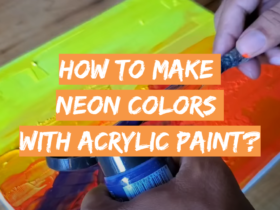



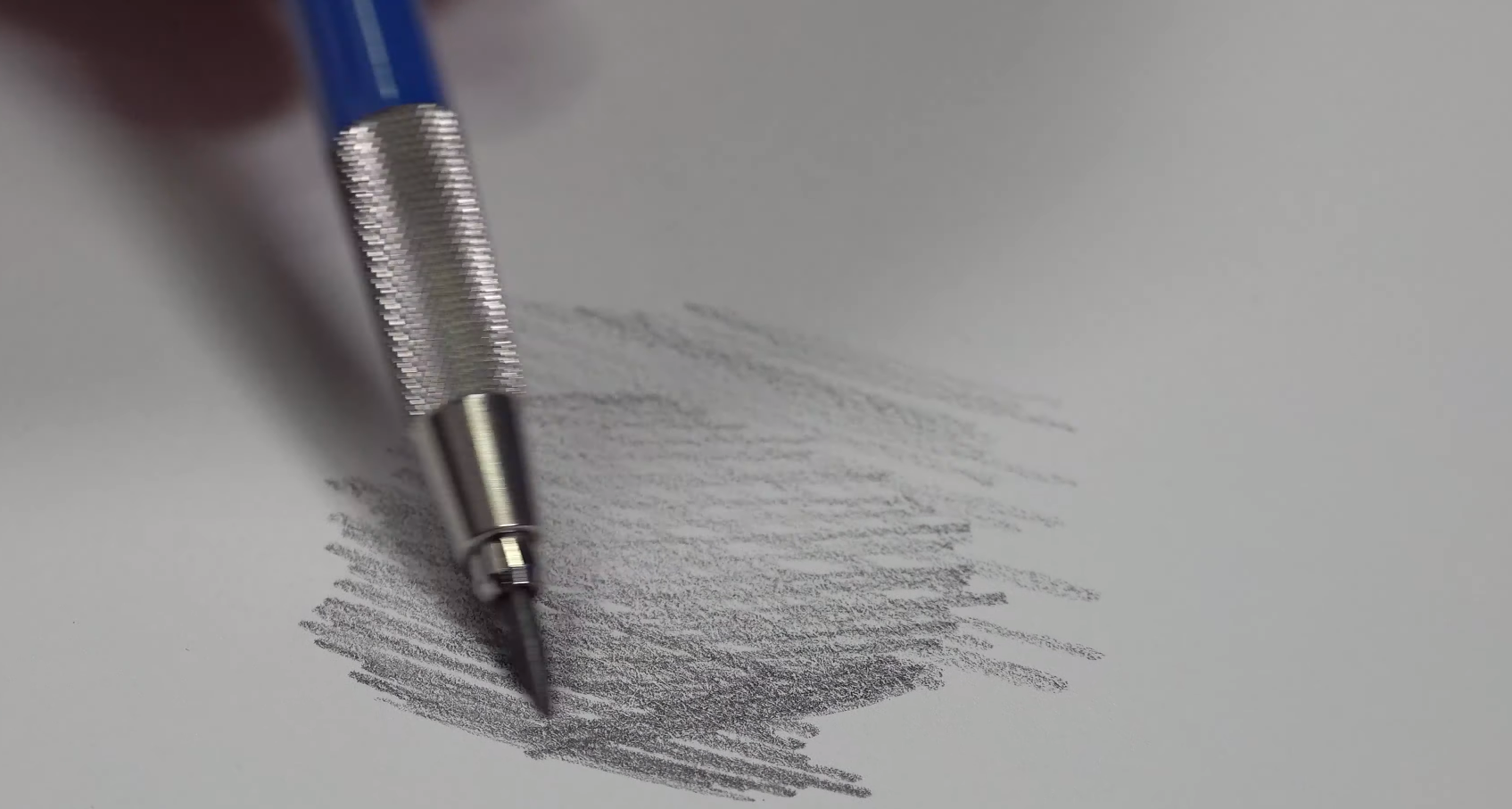

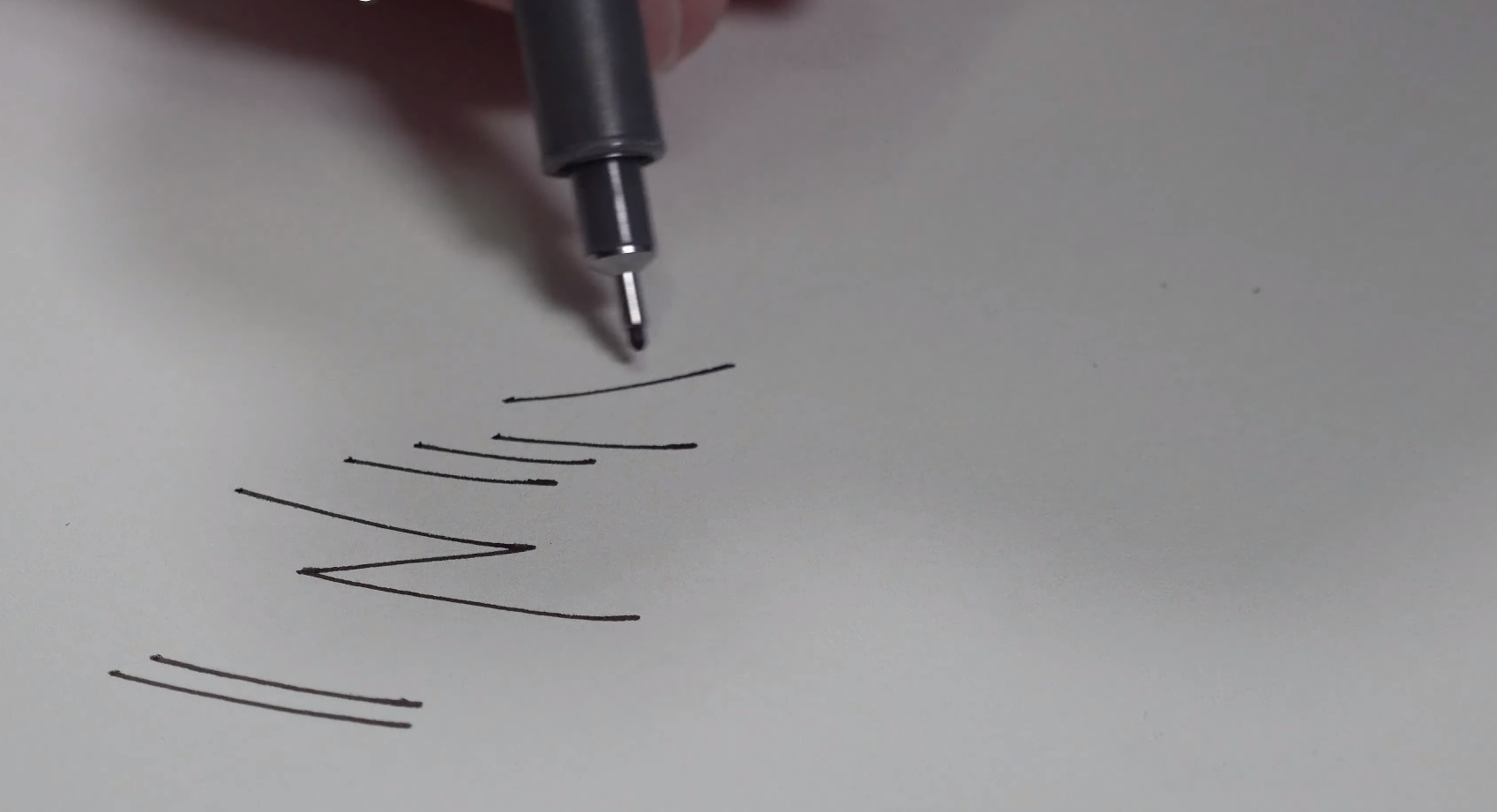
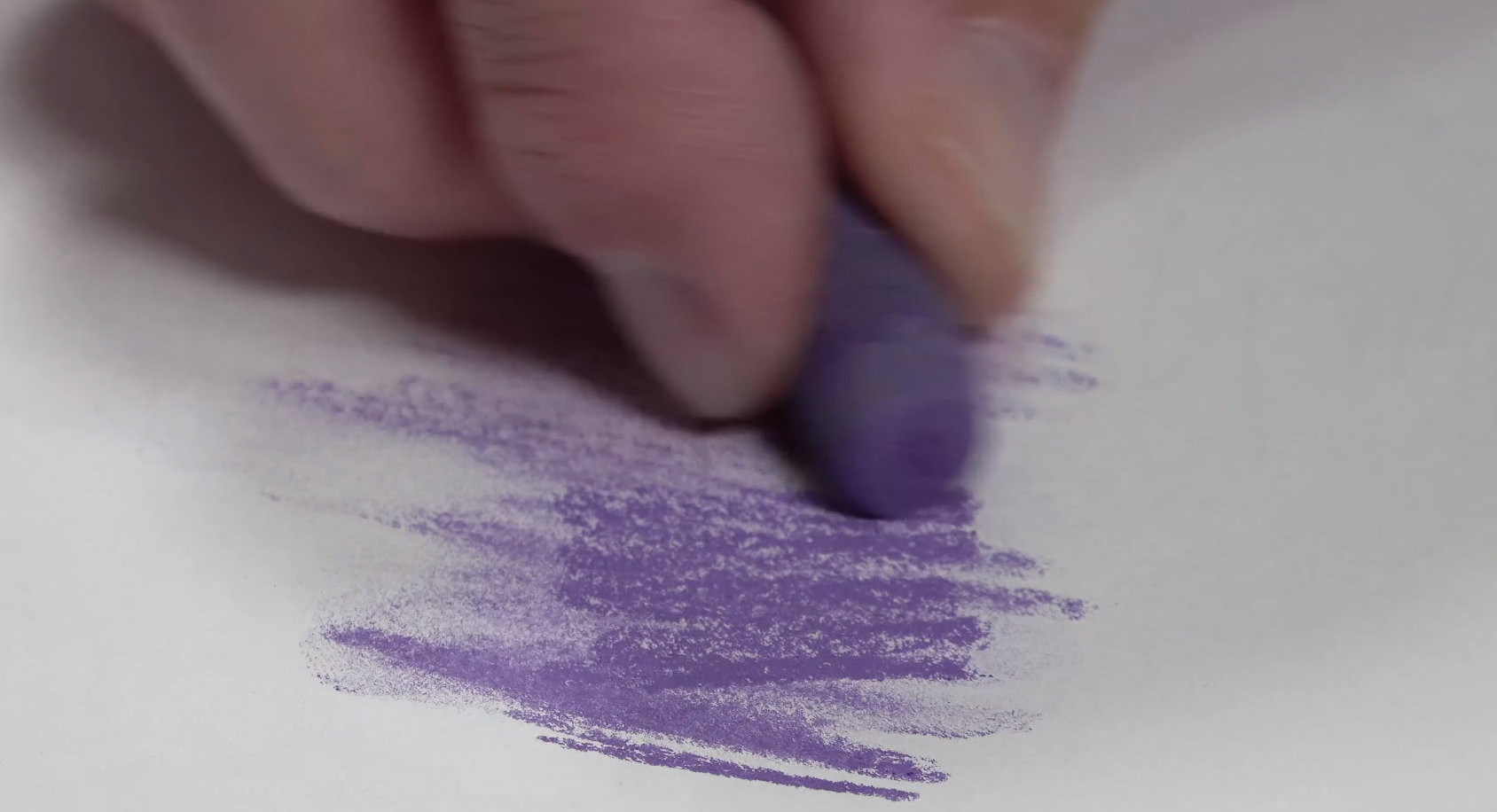
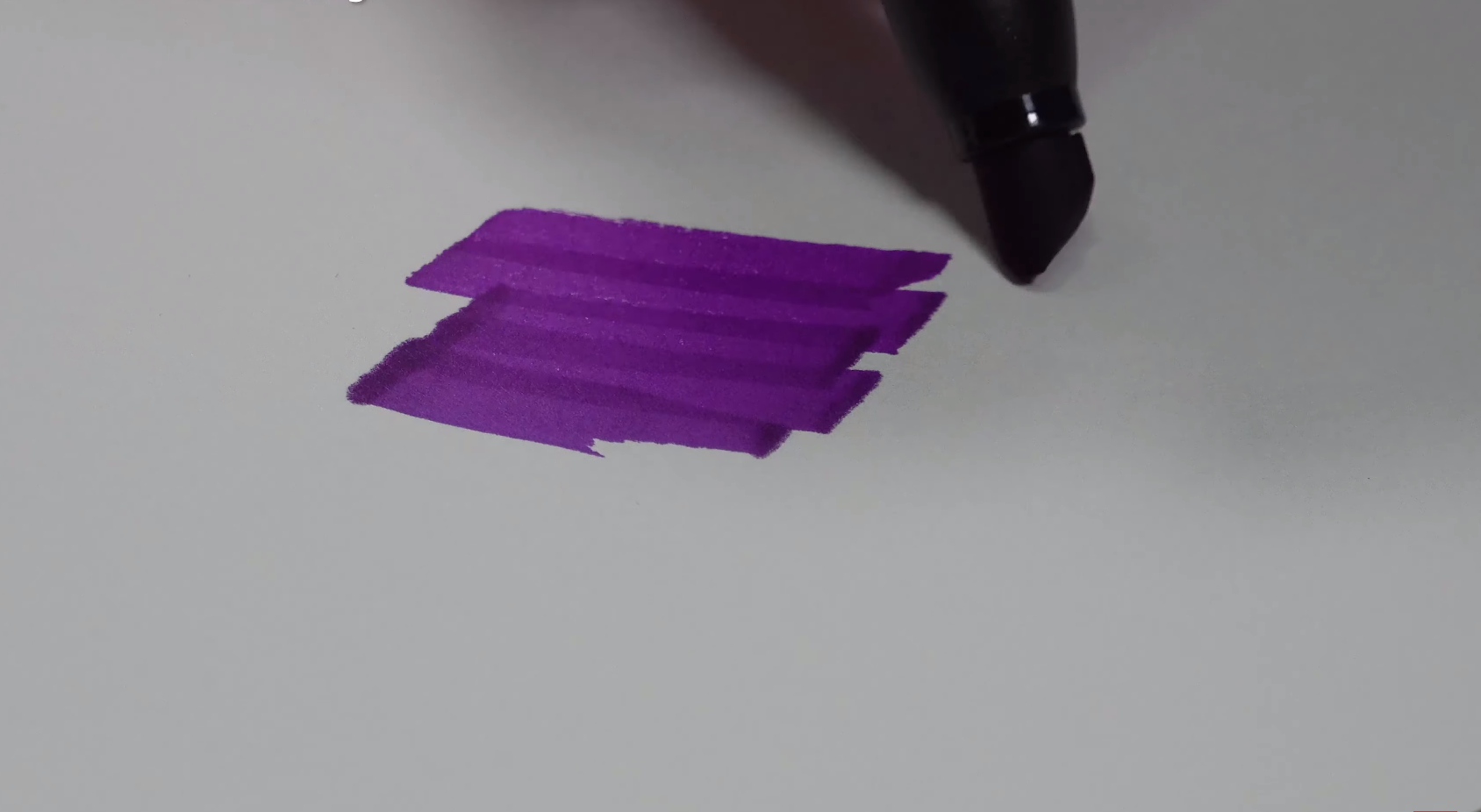
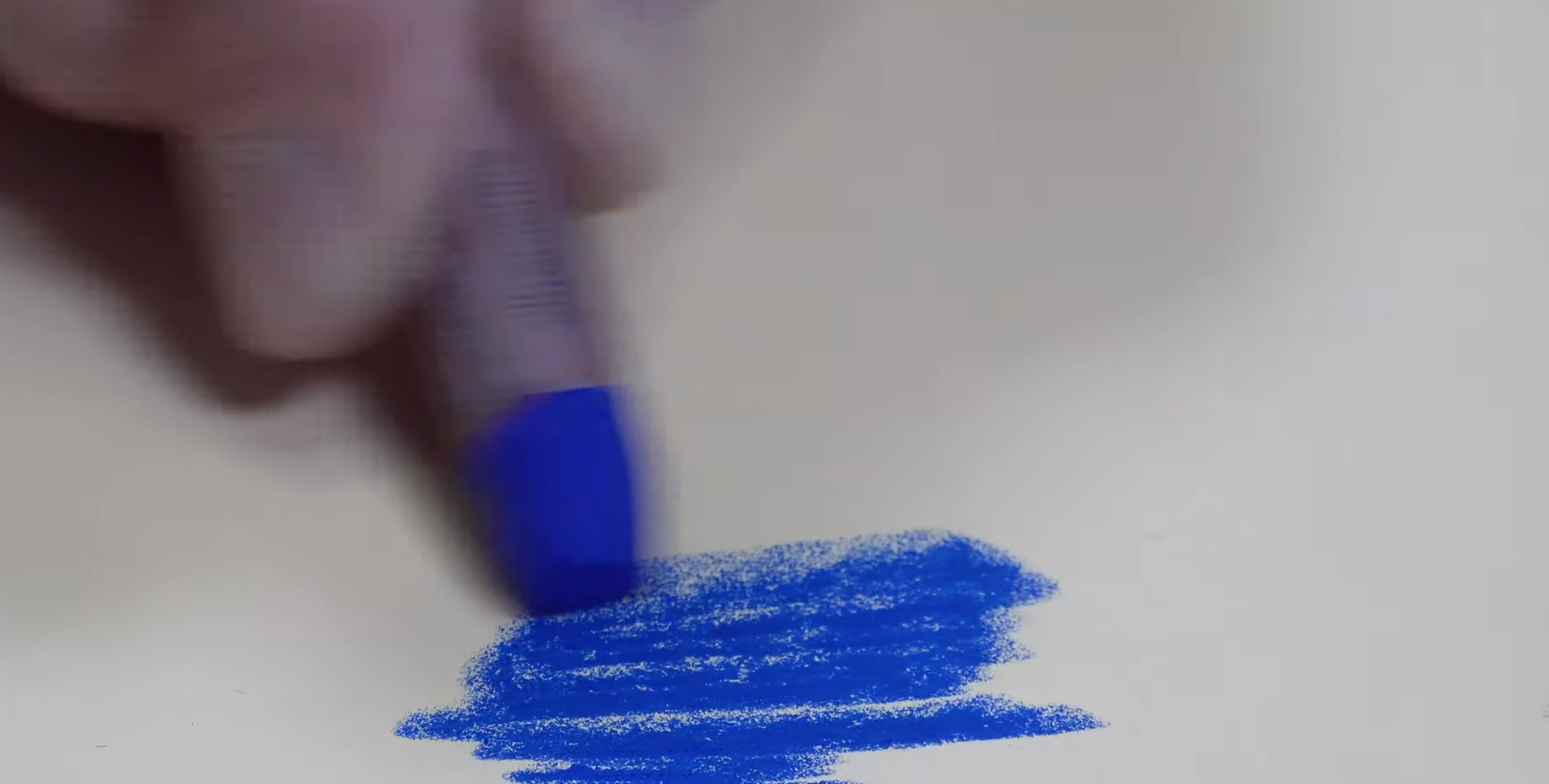

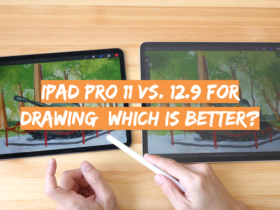
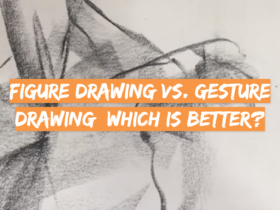
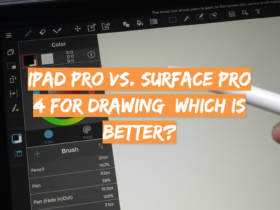
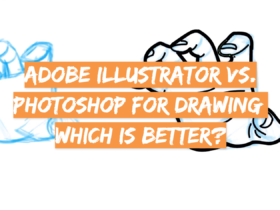
Leave a Review